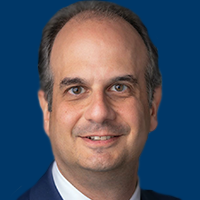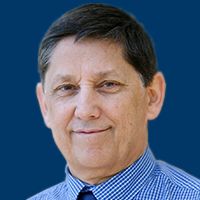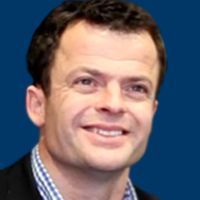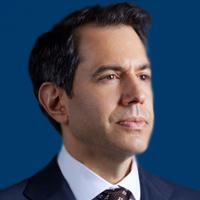Dr. Jorge Sierra on Risk Adapted Therapy in AML
Jorge Sierra MD, PhD, hematology., Hospital de la Santa Creu i Sant Pau, Barcelona Spain, explains risk adapted therapy for acute myeloid leukemia (AML).
In the AML 12 trial, patients were stratification based on genetic data of cytogenetics and molecular characteristics and minimal residual disease (MRD).
After risk stratification it was determined that up to 40% of the patients in the trial may be treated with chemotherapy alone and have good event-free, disease-free and overall-survival. These are patients with intermediate-risk cytogenetics with favorable mutations without minimal residual disease, says Sierra.
In contrast those with high minimal residual disease and high-risk cytogenetics after chemotherapy should receive autologous transplant. However, despite, these patients don’t typically have a disease-free survival after 30%. Targeted and immunotherapeutic approaches are needed in this patient population, says Sierra.



